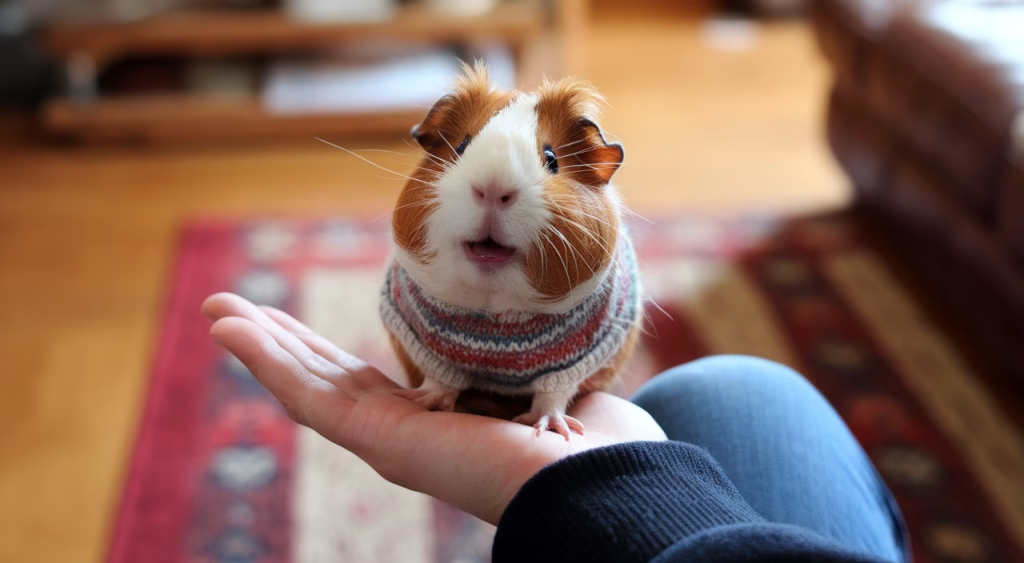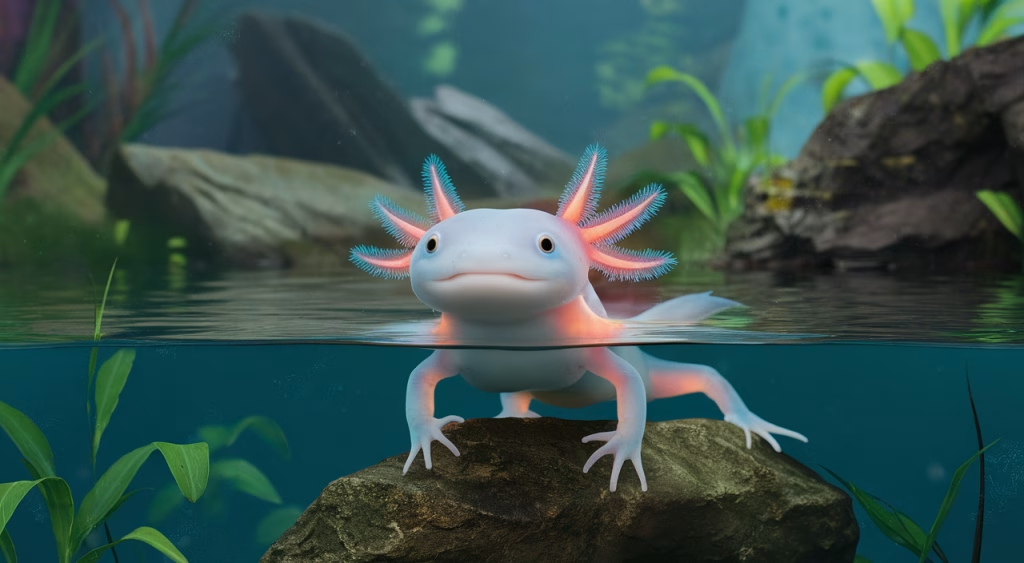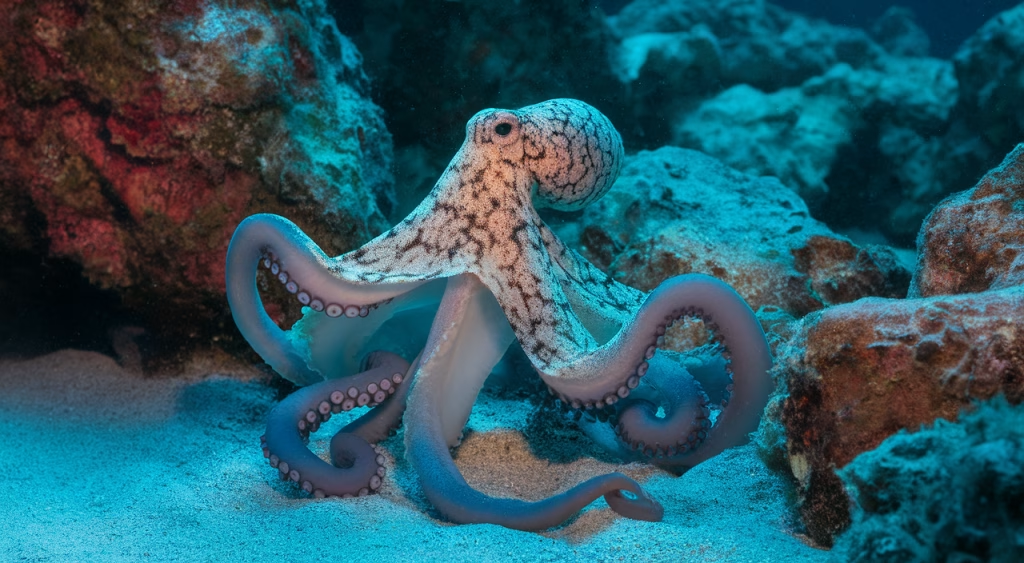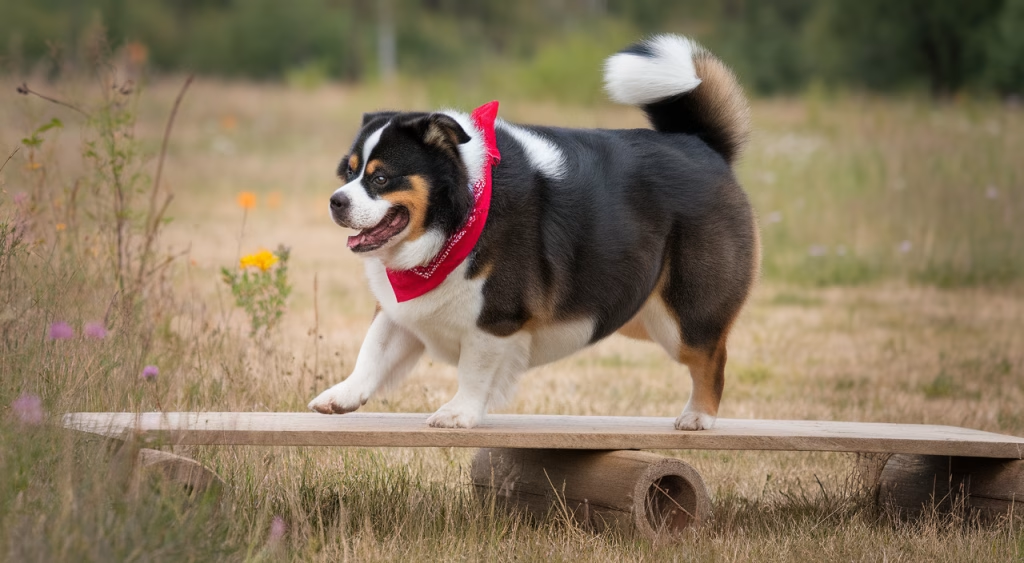Do Guinea Pigs Recognize Their Owners? The Emotional Truth
Guinea pig recognition goes far deeper than simply hoping for snacks. These pet pals use advanced sensory superpowers—sound, scent, and sight—to tell you apart from others. Emotional responses of guinea pigs include heart rate changes, vocalizations, and even selective annoyance. Intelligence of guinea pigs makes them capable of favoritism, name learning, and reading your mood. The bond with your cavy gets stronger with repeat positive interactions—like you visiting often or offering favorite treats. Discover how your guinea pig’s behaviors reveal attachment, trust, and surprisingly human-like attention patterns.




